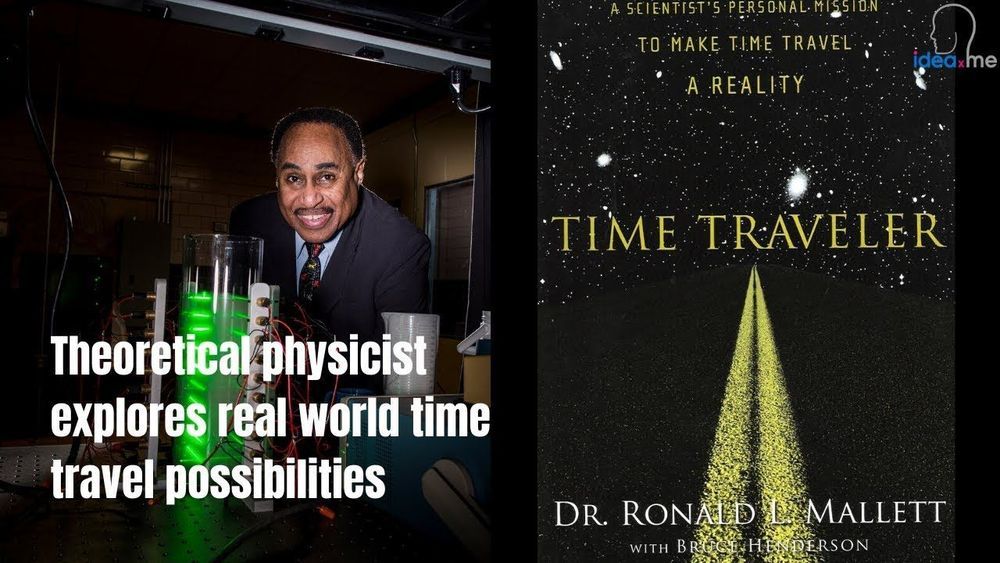Ira Pastor, ideaXme exponential health ambassador, interviews Dr. Ronald Mallett, Professor Emeritus, Theoretical Physics, Department of Physics at the University of Connecticut.
Ira Pastor Comments:
Time travel is the concept of movement between certain points in time, analogous to movement between different points in space, by an object or a person, typically with the use of a hypothetical device known as a time machine.
Time travel is a widely recognized concept in philosophy and fiction and the idea of a time machine was originally popularized by H. G. Wells’ 1895 novel The Time Machine.
Forward time travel, outside the usual sense of the perception of time, is an extensively observed phenomenon and well-understood within the framework of special relativity and general relativity and making one body advance a few milliseconds compared to another body has been demonstrated in experiments comparing atomic clocks on jets and satelites versus the earth.
As for backward time travel, it is possible to find solutions in general relativity that allow for it, in a theoretical system known as a “closed timelike curve” (sometimes abbreviated CTC), which is where the world line of an object (the path that an object traces in 4-dimensional space-time) follows a curious path where it eventually returns to the exact same coordinates in space and time that it was at previously. In other words, a closed timelike curve is the mathematical result of physics equations that allows for time travel to the past.
